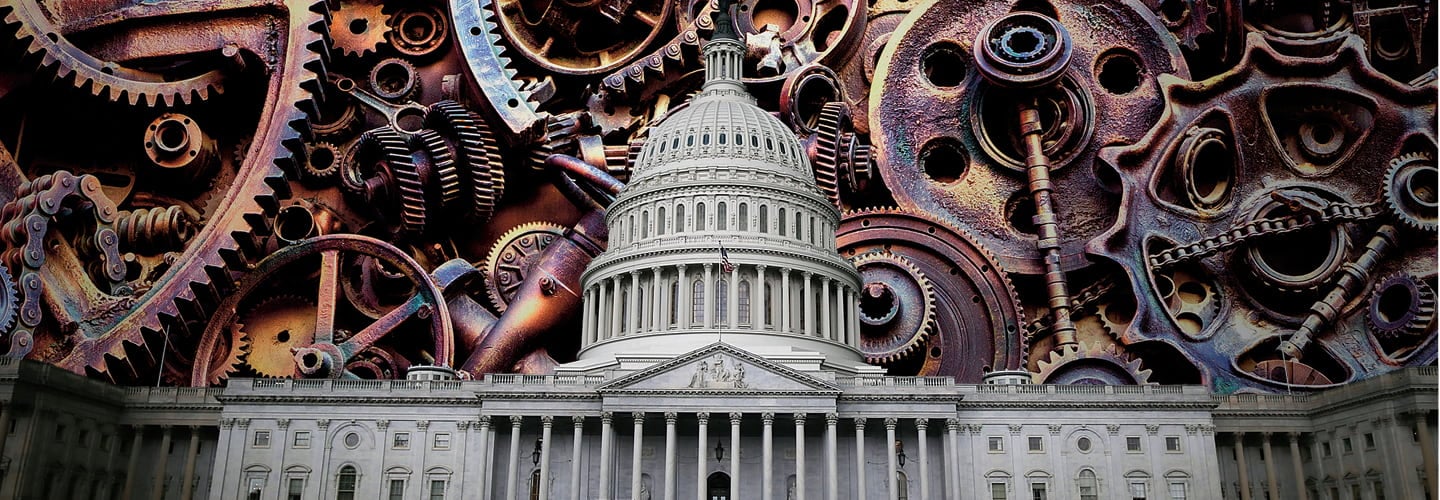Many Americans assume the leader of the United States is all-powerful—able to fix a bad economy, decide how tax dollars are spent, and subdue an enemy with a quick airstrike. And presidents do have a lot of power: The Constitution gives them control of the military and Cabinet-level agencies like the Education and Agriculture departments. They can appoint the heads of those agencies and federal judges, including Supreme Court justices (all subject to Senate confirmation). And yes, they can order airstrikes without asking anyone for permission.
But there are also a lot of limits on what they can do. Much depends on how presidents use their power—and especially, whether Congress and the courts support them.
Many Americans assume the leader of the United States is all-powerful. They believe the president is able to fix a bad economy, decide how tax dollars are spent, and subdue an enemy with a quick airstrike. And presidents do have a lot of power. The Constitution gives them control of the military and Cabinet-level agencies like the Education and Agriculture departments. They can appoint the heads of those agencies and federal judges, including Supreme Court justices (all subject to Senate confirmation). And yes, they can order airstrikes without asking anyone for permission.
But there are also a lot of limits on what they can do. Much depends on how presidents use their power. And whether Congress and the courts support them plays a key role.

